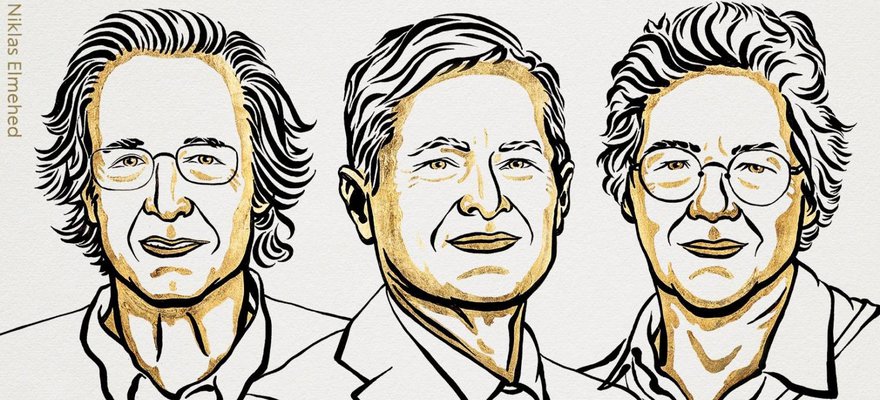Nobel Prize in Physics 2023 and attosecond pulses
Published on Oct. 4, 2023, 9:42 a.m.

The 2023 Nobel Prize in Physics was awarded to Pierre Agostini, Ferenc Krausz and Anne L'Huillier for the discovery of attosecond pulses - 1e-18s. This new light source has revolutionized all measurements of ultrafast processes, making it possible to reach the time scale of electrodynamics in matter.
Attosecond pulses obtained for the first time by Anne L'Huillier, who discovered that the efficiency of generating high harmonics from a laser remained abnormally high up to the EUV domain (it was expected that as it was a non-linear effect, it would decrease exponentially with higher orders). The broadband pulses thus created, which today range from infrared to X-rays, are coherent, in phase with the initial laser. Knowing that the bandwidth of a pulse is what physically limits its duration, the creation of broadband coherent light made it possible to go beyond the femtosecond limit and reach attoseconds. Agostini created the diagnostic that made it possible to measure the duration of pulses, and Krausz isolated them and used them for the first time to measure, for example, the electric field of a laser oscillating in time. It is expected that, in the future, this control over the shortest time scales in the universe will be extended to optoelectronics, to create processors orders of magnitude faster than the current ones.
At Técnico we have been generating High Harmonics for over a decade, which we use to make ultrafast X-ray images of dense plasmas. Since 2018, third-year LEFT students have been generating attosecond pulses in the VOXEL laboratory, as part of the Experimental Physics in Research Units course.